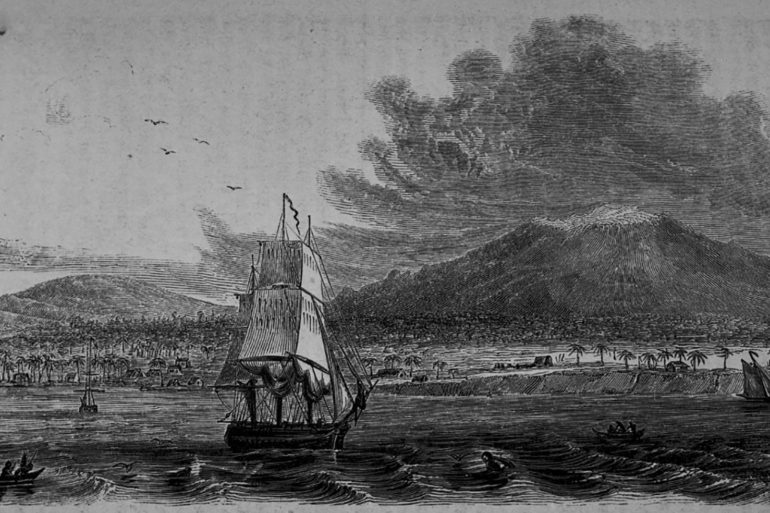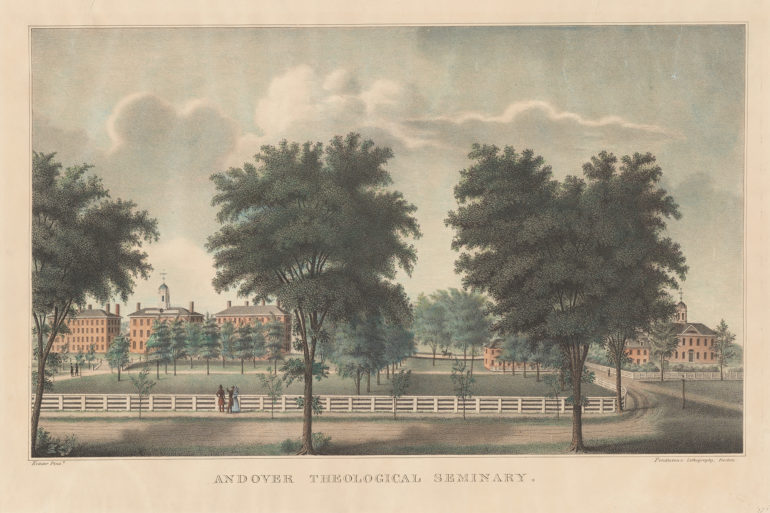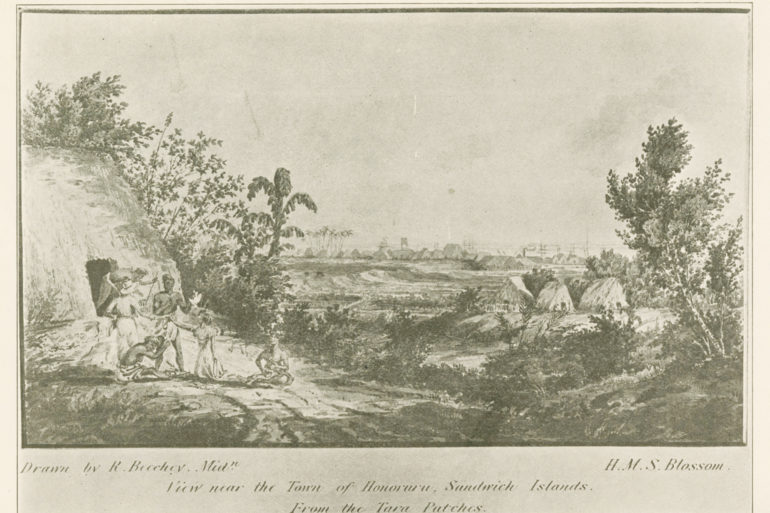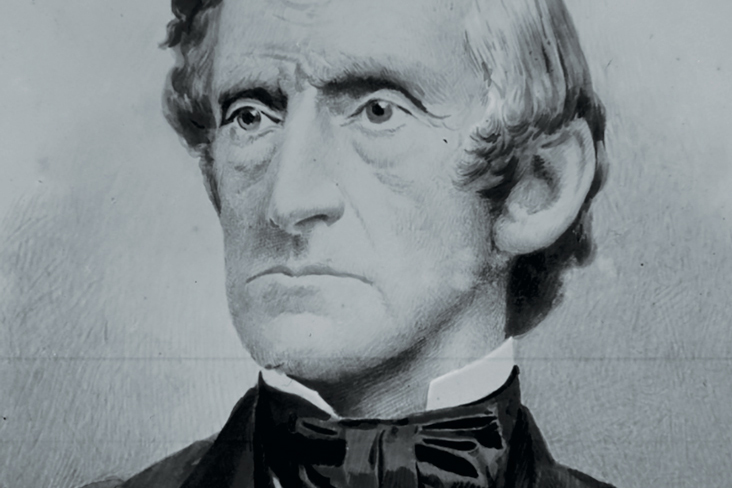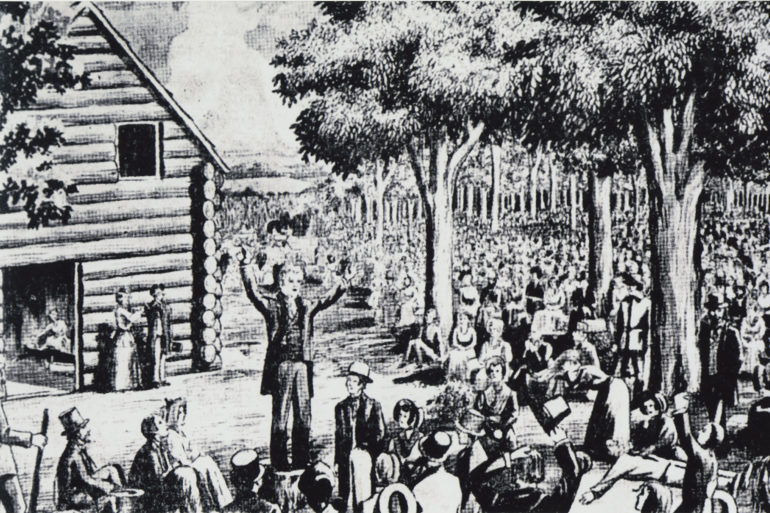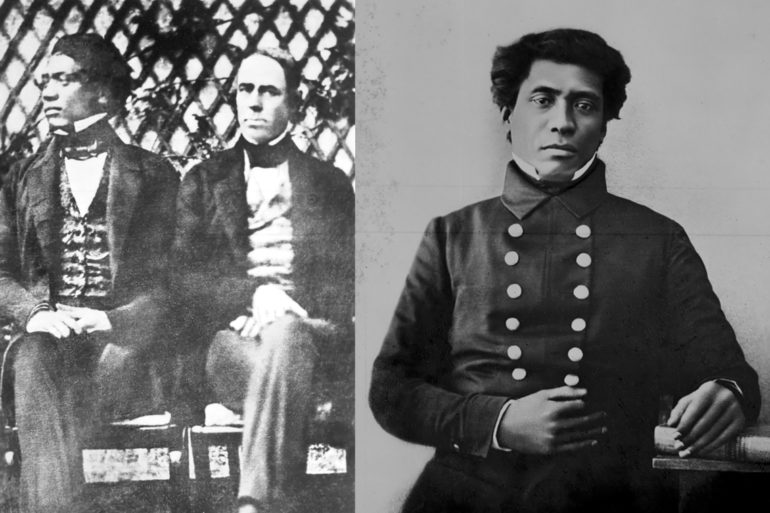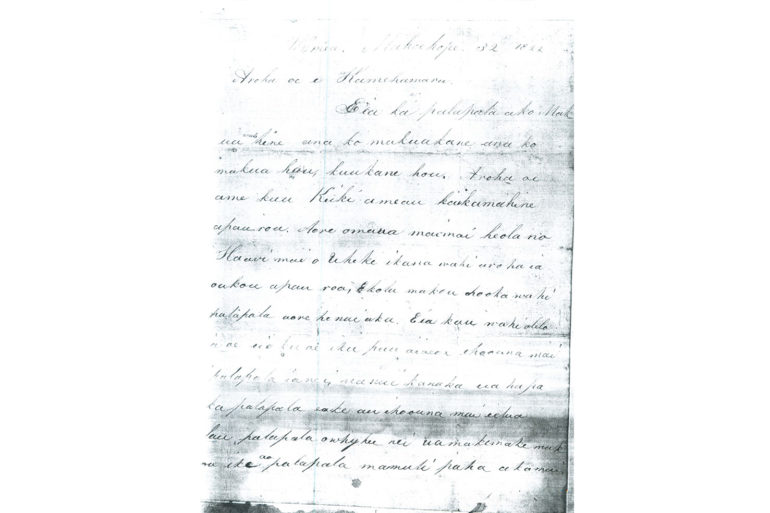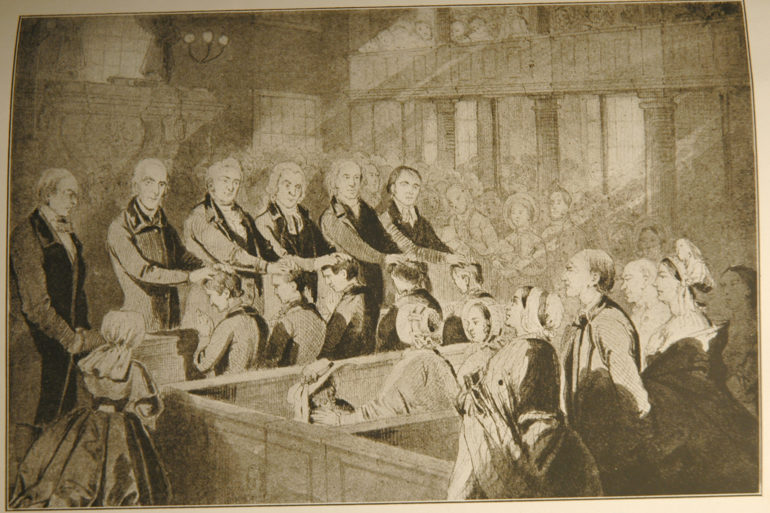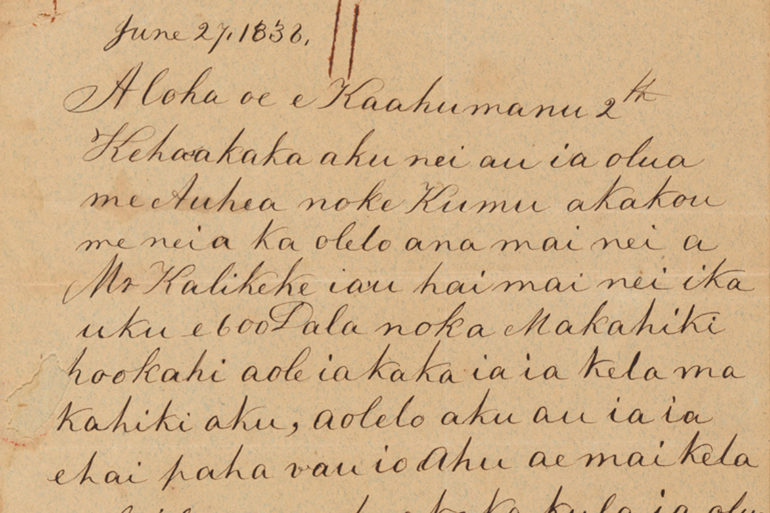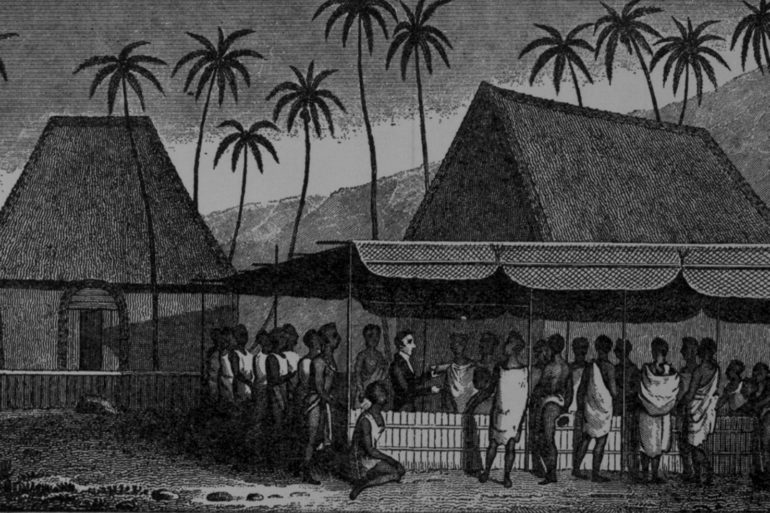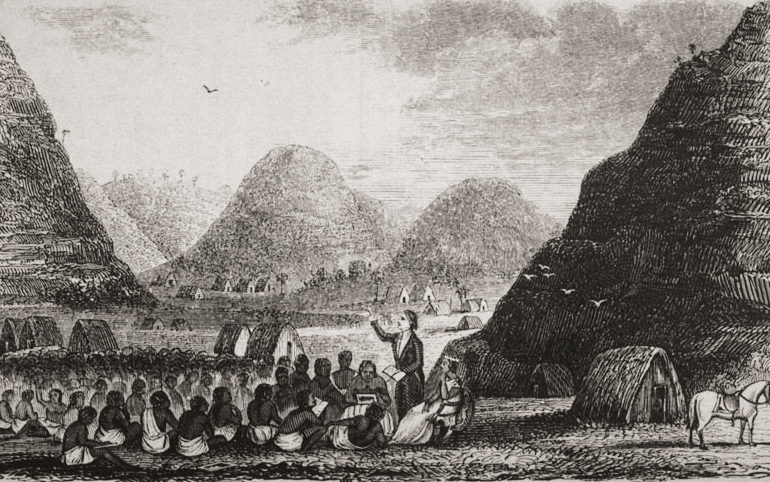Anchored in Kailua Bay, the passengers of the Thaddeus waited for permission to disembark, entertaining visits on board and making...
For missionaries, education was essential to both salvation and worldliness. Prominent Congregationalist ministers, such as Timothy Dwight and Edward Dorr Griffin, led schools and churches that stood at the forefront of spiritual revival during the Second Great Awakening.
For Hawaiians, land was not something to be bought and sold but a living ancestor. The ali‘i and common people...
A graduate of Bowdoin College and Bangor Seminary, Dole was a classical scholar who arrived with his wife, Emily, in...
From 1790 – 1830, a Protestant revival called the Second Great Awakening swept across America. The movement was a reaction to the loosened social bonds brought on by the nation’s westward expansion and beginning industrialization.
On July 11, 1842, Levi Chamberlain, business agent for the Mission, bundled four of his children and two others into...
During the 1840s, the Hawaiian government continued to reorganize, establishing departments and administrative structures. Key issues included securing recognition internationally...
“Here is my word to you, there you are among the longnecks, so send letters here. There are many people,...
The American Board of Commissioners for Foreign Mission (ABCFM), founded in 1810, arose from the religious fervor that America experienced during the Second Great Awakening.
By the mid-1830s, Hawai‘i had endured a series of escalating foreign conflicts. Kauikeaouli (Kamehameha III) was pressured from all sides...
A grand feast was held to commemorate the death of Kamehameha and the missionaries were invited to participate. During April,...
From the time of Captain Cook, Hawaiians saw that foreigners used writing to both formalize agreements and communicate ideas. But...

